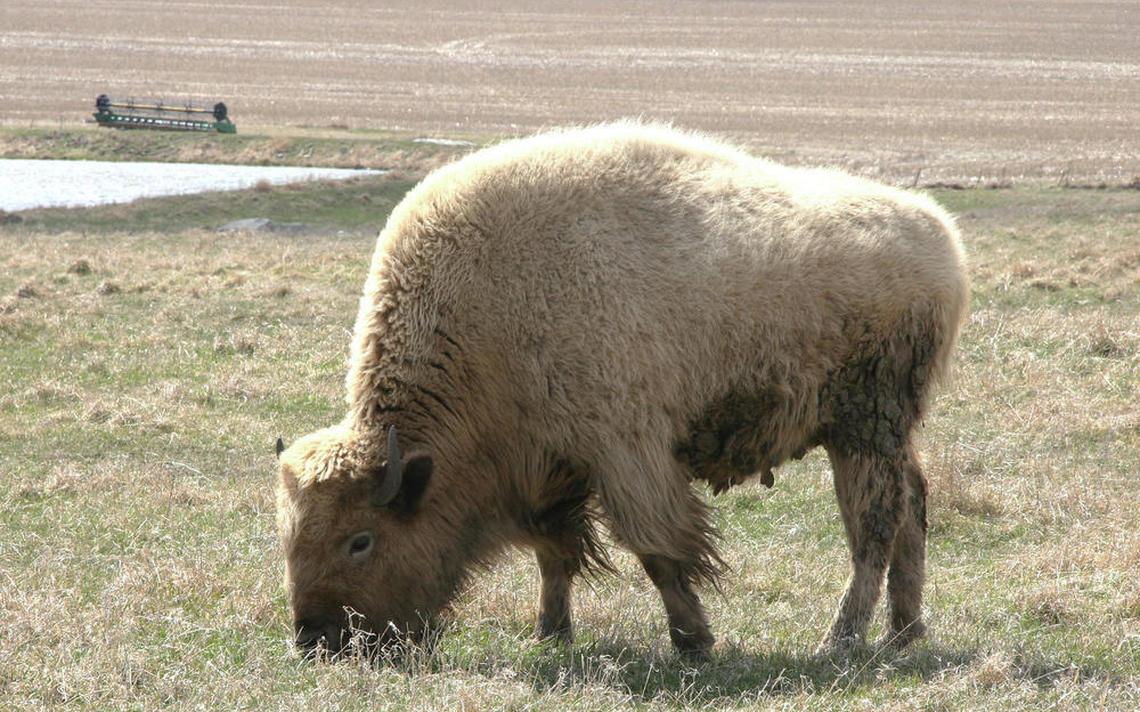TORONTO – The graphic evidence of the murder of a Plains Indian child from the late 19th century that went up for auction at Toronto auction house as “decorative art” was abruptly removed from display and taken out of the auction’s catalogue Monday after public outcry.
The leather tunic, beautifully trimmed with colourful beadwork and fringe sleeves also bares the gruesome reminder of the Indian Wars and the extermination policies of the white government of the late 1800’s in Canada and the United States.
The child’s tunic has a jagged bullet hole in the middle of the chest and out the back with obvious blood stains on the back panel around what would have been the exit wound.
When the tunic became the centre of negative attention through social media, people were outraged. But more insulting is the fact it was being sold as “Decorative Art” on the Waddington Auction House auction list.
The origin of the tunic is unknown, however, after it was removed it was returned to the client.
“We don’t want to upset anybody, so are withdrawing the item and returning it to the consignor,” Waddington’s president Duncan McLean said in a statement.
But still remaining on the auction block are two other indigenous objects of historical importance: a pair of beaded moccasins said to have belonged to Sitting Bull, and a sacred 19th century Haudenosaunee False Face mask. The Haudenosaunee forbid the sale or even display of false face, or Hadu:wi masks.
“These are important items to people who live today,” Hayden King, a member of Beausoleil First Nation who teaches history and native politics at Ryerson University, told the Globe and Mail. “I’m generally of the belief that they should be returned.”
Six Nations’ historian Keith Jamieson who has been active in many of the War of 1812 commemorations, is appalled at the cultural insensitivity of such a well established auction house like Waddington’s.
“The sale of that tunic is just gastly, even at a human level,” he told TRT, “but it doesn’t surprise me at all. It’s the 21st century and there are different sensitivities now. But there are no laws in Canada that would prevent to sale of these items, so it’s a moral issue, not a legal one here.”
“That’s why something like the Woodland Cultural Centre is there,” he adds. “So that we can teach people.”
Paul Williams, lawyer and repatriation agent for the Haudenosaunee Confederacy of Grand River Territory, told TRT, “The Grand Council, as of about 20 years ago, took a position that Hadu:wi’s should not be sold or resold”
“There are reasons for this,” he adds. “They are powerful. They can heal or they can do injury and they need to be used properly and looked after properly.”
Williams says that under Canadian laws, there are export controls regarding historical Native items crossing the boarder, which may protect older items from leaving the country, but there is nothing in Canadian law that actually prevents them from being sold.
And about the tunic? That has him scratching his head.
“This tunic belonged to a murdered child,” he says. “You have to wonder about the ethics and morality of someone who would want to collect something like that. Neither I, nor anyone I know, would be interested in having something like it.”







